If there's a recurrent theme in this year's Mies van der Rohe European Prize for Contemporary Architecture, it is surely imaginative renovation and transformation. This was most notable at Le Grand Parc, in Bordeaux, where three slab blocks of social housing were given a new lease of life, or the re-making of a communist-era square in Tirana as a tranquil oasis in the middle of an otherwise chaotic city.
I had the honour of being the only non-architect member of the seven-strong jury, with colleagues from Denmark, Austria, Lebanon, Romania, Spain and the Netherlands. And I have to say these two projects, in France and Albania, were the ones that leaped out for me from the 383 nominated entries for this year's award, which is regarded as the foremost in Europe for contemporary architecture.
The competition is organised every two years by the Fundació Mies van der Rohe in Barcelona, and that's where we all met for the first time in January to shortlist 40 projects from the widely varied batch of entries. I was glad that two Irish works - McCullough Mulvin's renovation of St Mary's Church in Kilkenny as the Medieval Mile Museum and Shaffrey Associates' 14 Henrietta Street in Dublin - made the final cut.
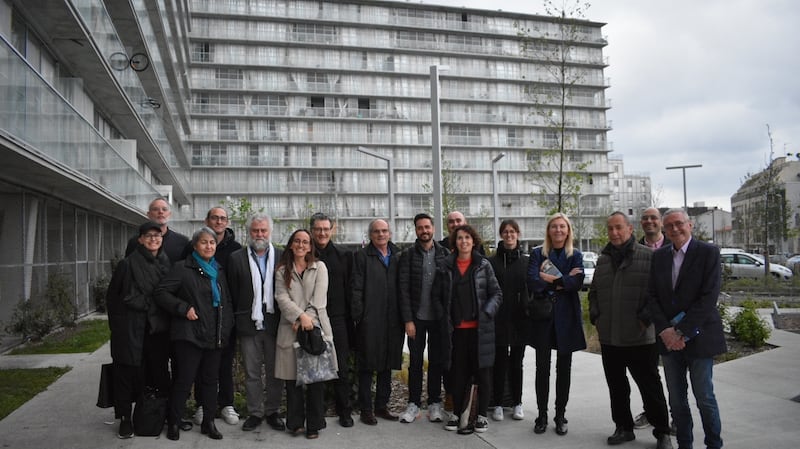
Incredibly, not one of the 19 British entries did, although the word “Brexit” was never mentioned; the jury examined them all individually and just felt they weren’t good enough. Yet our proceedings were conducted entirely in English, even though I was the only one for whom it was a first language. This will go on, even if the UK does leave, because it’s a second language for almost everyone else.
We also had the task of selecting five finalists as potential prizewinners, after a lot of discussion and argument. Some of my fellow jurors, for example, suggested that the scheme carried out in Tirana's Skanderbeg Square wasn't even "architecture". But I reminded them that the Danish urbanist, Jan Gehl, had long maintained that the spaces between buildings were as important as the buildings.
For me, the transformation of Skanderbeg Square into a “people place” was not only impressive in itself, but could also be an inspiration to other former communist countries in eastern Europe on how to turn big squares once used for military parades or communist rallies into attractive urban spaces where citizens could chill out, even though all the streets around them may be choked by traffic.
As for the three 14-storey slab blocks in Le Grand Parc in Bordeaux, the city’s largest late-1960s social housing scheme, I was gobsmacked by how it had been transformed by the addition of winter gardens at every level, even while all of the residents were still living there. And it turned out to be a lot cheaper than the original plan to demolish these blocks and re-house everyone elsewhere.
But first, we had to visit the five shortlisted entries as well as a new village school refectory in Montbrun-Bocage, in the southwest of France, for which the jury gave the Emerging Architects' award to three young partners in BAST, based in nearby Toulouse. And this European odyssey, covering six countries, all had to be done within a week, given how busy architects are these days.
Our chair was rigorous Danish architect Dorte Mandrup, who recently delivered a lecture in Dublin on her work, focusing on three visitor centres in the Wadden Sea wetlands of Denmark and Germany and another in Greenland. She has also designed an extremely tall tower for Brande, in Jutland, for Danish billionaire Anders Holch Povlsen, who tragically lost three of his four children to terrorism in Sri Lanka.
Other jurors were Dutch architect Kamiel Klasse, who won the Mies Prize in 2017 for the renovation of a 1971 flats complex in Amsterdam; fast-talking Spaniard María Langarita Sánchez, who has a PhD in architecture; Angelika Fitz, director of Vienna's Architecture Centre; Stefan Ghenciulescu, editor of Bucharest architecture magazine Zeppelin; and George Arbid, associate professor at the American University of Beirut.
We all gathered for dinner in Madrid at the end of March and took a mini-bus to Plasencia in Extremadura the following morning, to visit its sensational new auditorium, a multi-faceted building perched on a hill and wrapped in EFTE, a translucent plastic material that helps to shade it from the hot sun. Designed by José Selgas and Lucía Cano, its colourful interior contains numerous spaces, including a large theatre.
Schools and social housing in France
Klasse and I were also impressed by this husband-and-wife team’s classic 1967 Citroen DS and even travelled in it for part of the journey. Their Plasencia project is clearly visible from the Salamanca highway, prompting motorists to slow down and even stop to enjoy the view of this strange object that seems to have landed from outer space, a truly remarkable addition to a historic town.
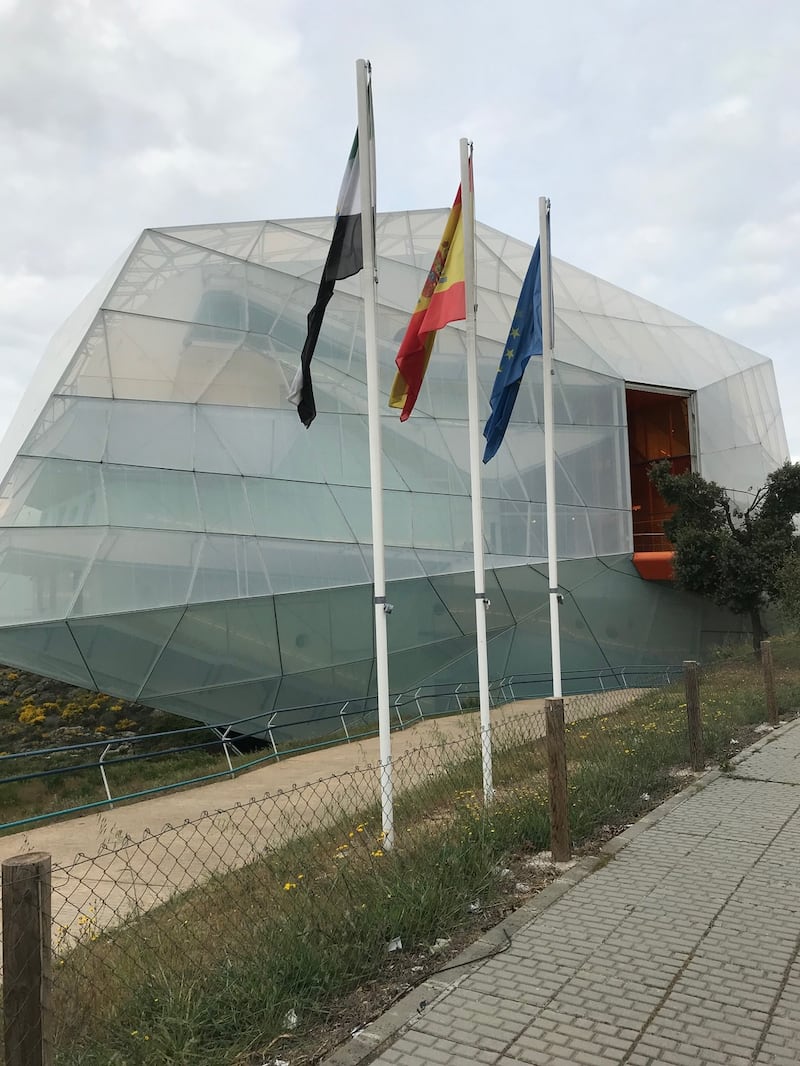
Then, we headed back to Madrid’s Barajas Airport to catch a flight to Toulouse, staying overnight at a Novotel, where I had the worst meal ever in France. Pouring rain in the morning was a prelude to something we were not anticipating: a denunciation of the young architects by the sullen mayor of Montbrun-Bocage, who claimed that the new school refectory was not what he had in mind; perhaps he hadn’t read the plans.
We nominated George Arbid, who is the mayor of his village in Lebanon, to address the French mayor and implore him to work with the BAST team to resolve whatever problems he was having with the new building, such as the need for sound baffles to offset the noise made by children while they’re using it. But there didn’t seem to be any hope of a reconciliation, as he used the offensive French phrase “Je m’en fou!”.
Although saddened by this falling-out between the architects and their client, the jury was adamant that BAST should still win the Emerging Architects award as we returned to Toulouse to catch a train for Bordeaux, one of my favourite cities in France. Incredibly, most of my fellow-jurors had never been there, so I filled them in on how it had been transformed under the leadership of its long-serving mayor, Alain Juppé.
It transpired that he had played a role in saving Le Grand Parc, after being convinced that the three blocks earmarked for demolition could be renovated more economically. Not only was this much less disruptive for their residents, it also made sense in saving resources, given that so much energy is embodied in concrete and that more would need to be manufactured for replacement social housing.
Led by Paris-based architects Lacaton & Vassal, another husband-and-wife team, the project to add winter gardens to the 530 flats has transformed the lives of their inhabitants, such as one elderly woman we met who had been living there for 40 years and now enjoys tending numerous plants in her extended living space. Yet it cost only €62,000 per unit, as Anne Lacaton told me, and also slashed heating bills by two-thirds.
I thought of Ballymun and the atavistic determination to get rid of all seven of the towers named for the signatories of the 1916 Proclamation. Even though Ireland's first experiment in high-rise social housing had failed, might it not have been possible to save at least one of the towers and renovate it? Think of the saving in materials and the panoramic views its residents would enjoy.
Alternative in Berlin
To reduce our own carbon footprint from travelling, we took the TGV high-speed train to Paris and onwards to Brussels. From there, we travelled by mini-bus to Melle, in Flanders, to have a look at what had been done with a derelict building from 1908 in the grounds of PC Caritas, a psychiatric care centre. This, too, had been scheduled for demolition until its director had second thoughts.
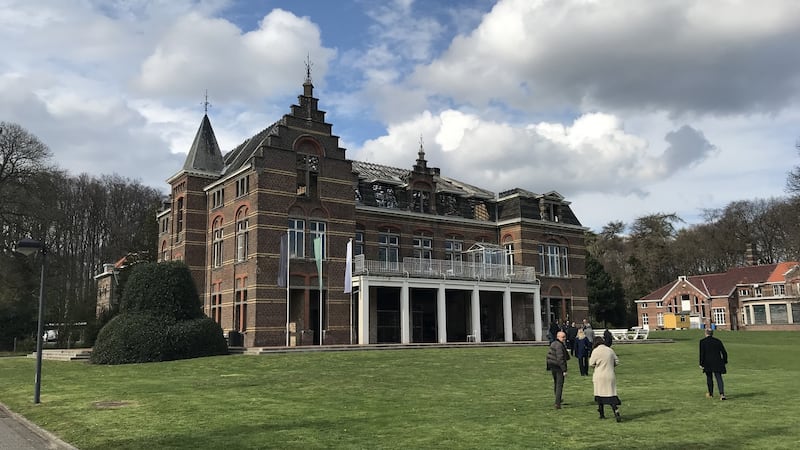
Devoid of roof slates, with holes punched in floors to allow rainwater through, it's virtually a ruin. But after consulting staff and patients, the typically Flemish building was retained to be used for a variety of activities, including art classes, informal meetings and play spaces, as lead architect Jan De Vylder told us. And "it's the youngsters who use it most" - kids with autism. We found it quite moving.
Our next stop was Berlin, where we paid a flying visit to Terrassenhaus, in Wedding, a highly unconventional concrete building developed by British expatriate Olivia Reynolds and her partner Elke Falat to provide a range of attractive spaces for artists and start-up businesses. Stepped in profile, its terraces are open to the public at every level, and it contains just one "caretaker flat" occupied by Reynolds.
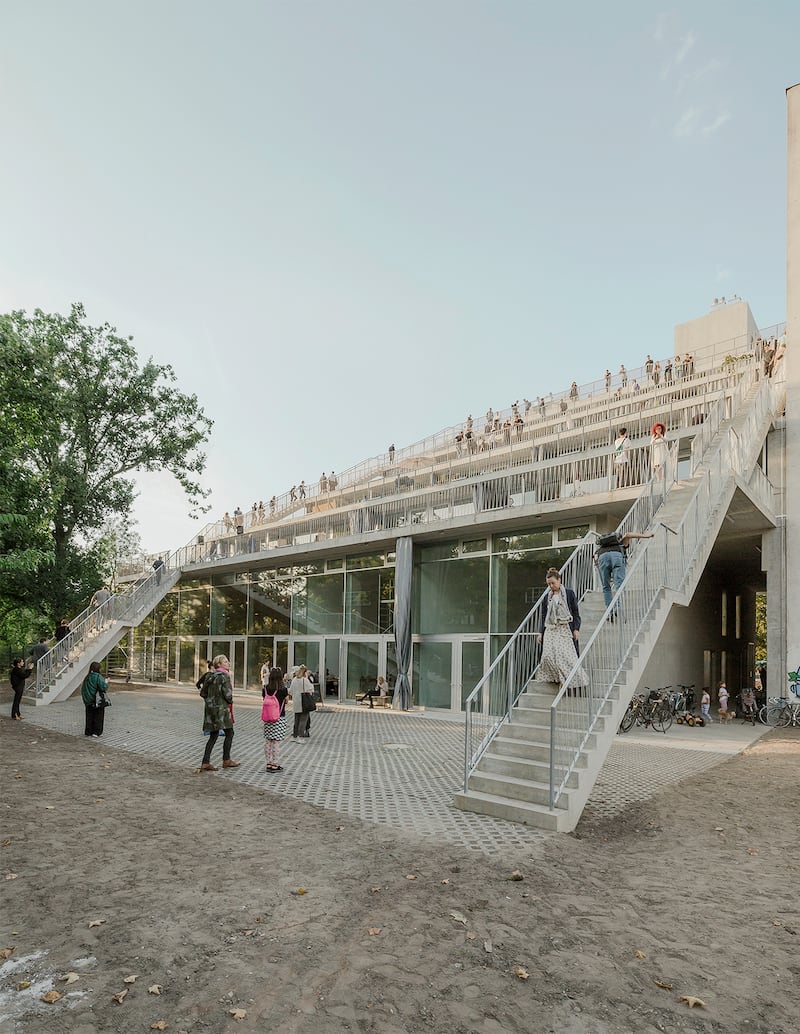
A collaborative design by Brandlhuber+Emde and Burlon/Muck Petzet Architects, Terrassenhaus is in tune with Berlin’s alternative lifestyle culture, although it functions as a “collective” rather than a commune. And while those who work or live there can close off the outside world with thermal curtains, it’s an open question whether unrestricted public access can be maintained in the long-term.
The final decision
The final project we visited was Skanderbeg Square in Tirana, flying there via Frankfurt. Designed by Brussels-based architects 51N4E (the city’s co-ordinates), it more than lived up to my expectations. Previously a traffic circus, it is now a vast pedestrian plaza paved in stone from all over Albania, punctuated by fountains and flowing water, and fringed by green areas full of native trees, shrubs, birds and bees.
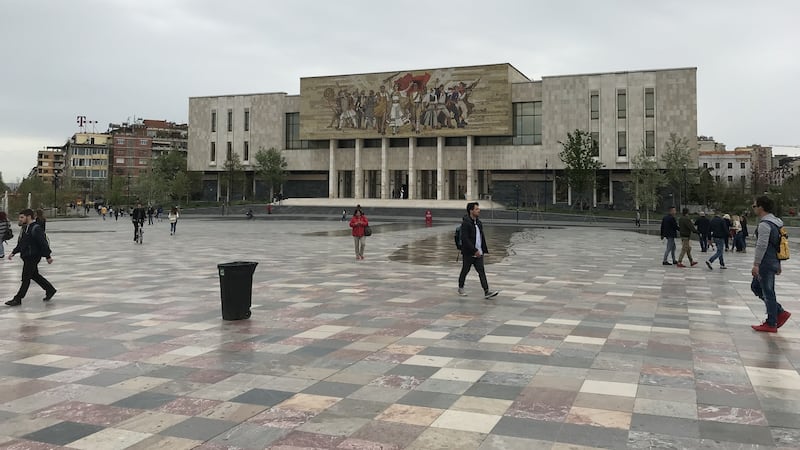
The architects’ “big move” was to rearrange the square as a slightly-inclined, almost imperceptible pyramid, which not only subverts its communist history but also allows water to flow in four directions over the beautiful paving - very welcome in the summer’s heat. The big statue of Stalin that used to stand there is long gone, and the square now hosts up to 140 public events per year. Everybody loves it.
We made our final decision over dinner at the Sheraton Hotel in Rome, narrowing it down to a straight choice between Bordeaux and Tirana. There was no consensus. By four votes to three, with me on Tirana’s side, the prize was awarded to Le Grand Parc. I didn’t mind, because it is an outstanding example of how to renovate and thereby transform our existing building stock, for everyone’s benefit.
The prize, worth €60,000, will be presented on Tuesday, May 7th, at the ultra-modernist Barcelona Pavilion, designed by Ludwig Mies van Der Rohe to represent the German Weimar Republic at the city's international exhibition way back in 1929. It's a replica, of course, built in 1988. miesbcn.com/prize/










